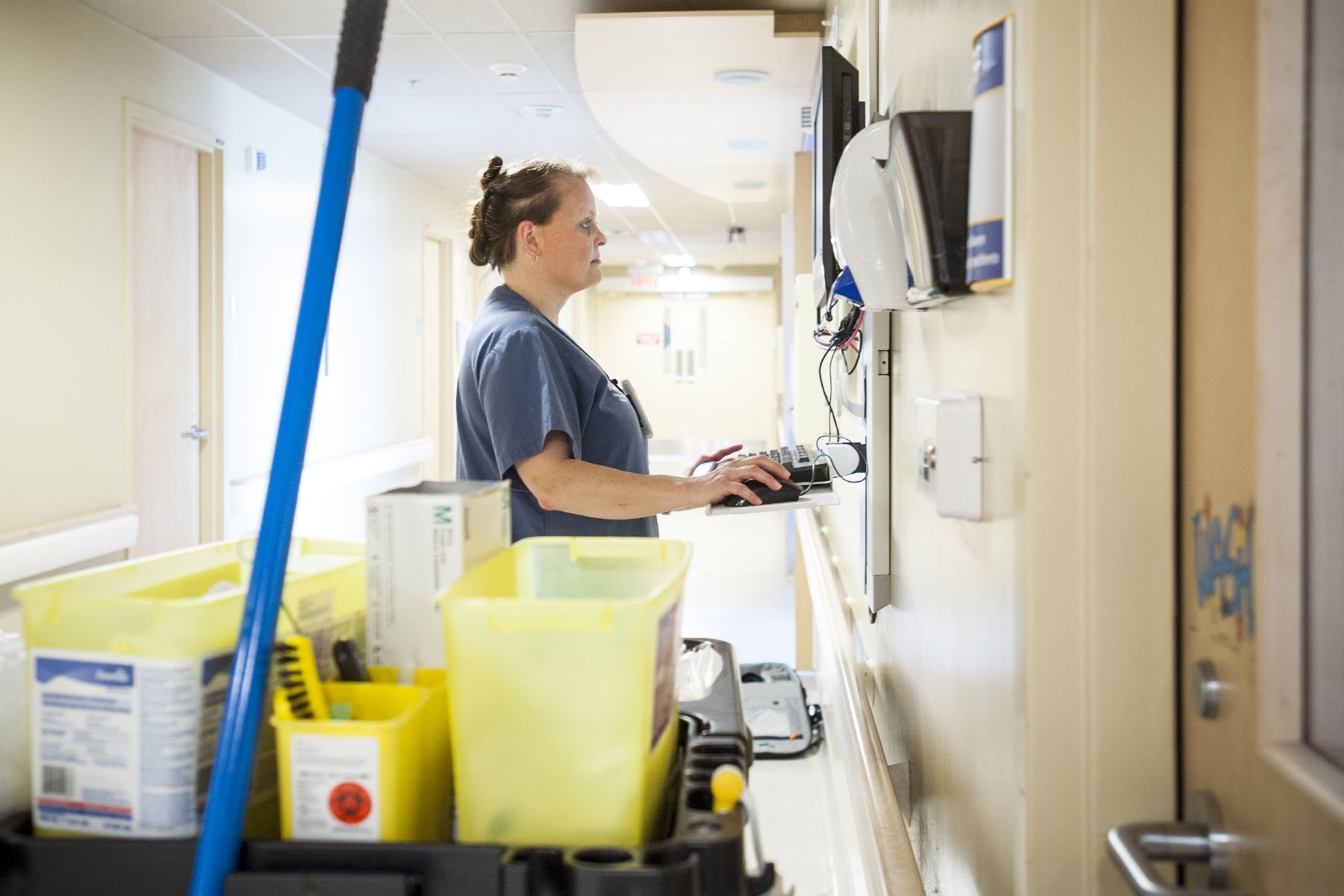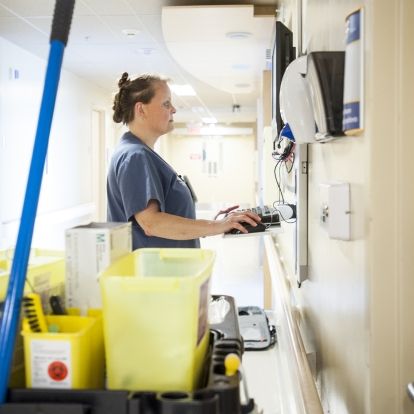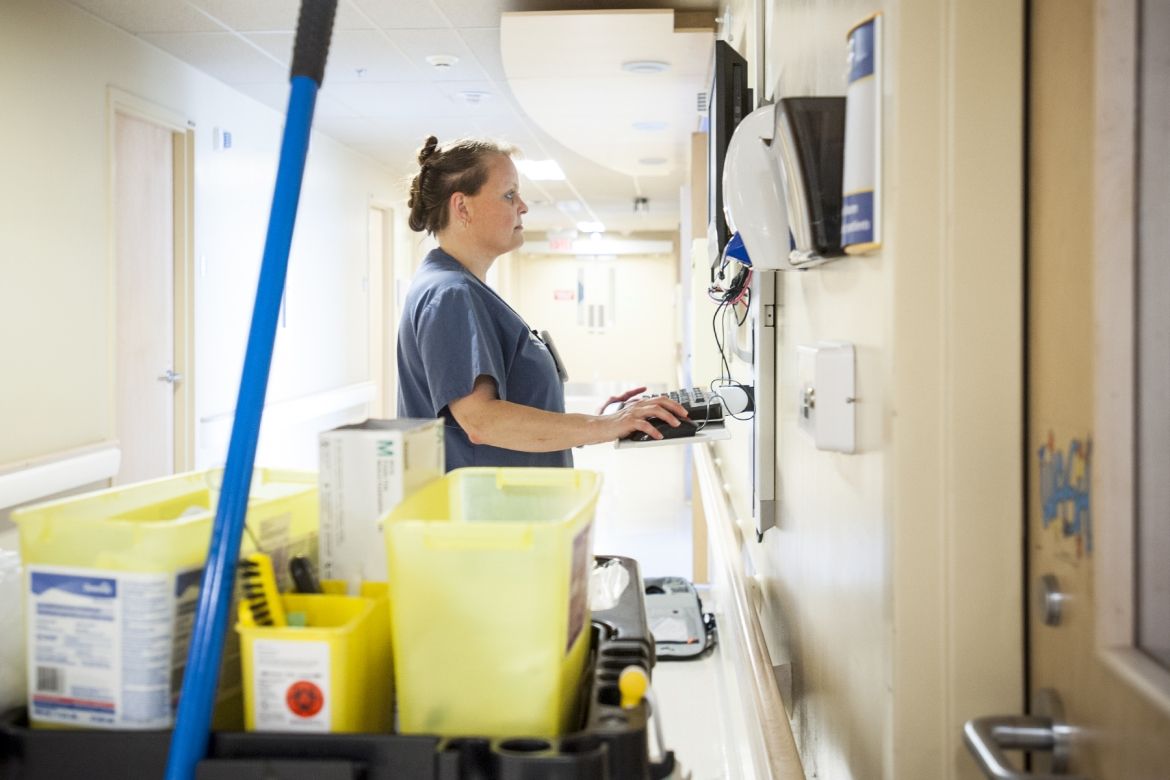Effective immediately masking is required for everyone when present on all inpatient units, in the Emergency Department (ED), the Urgent Care Centre (UCC), and the Children’s Outpatient Centre (COPC).

It goes without saying that patients want to move quickly and seamlessly from one place to another once they arrive at our hospital. That’s why we’ve been busy over the past year looking for ways we can improve patient flow and thereby prevent gridlock.
So far, 20 improvement opportunities have been identified and eight of them are now being actively addressed. Among them, is a new system to support more efficient bed cleaning. It automatically alerts everyone when a bed is ready for a new patient.
“When we began studying our overall bed cleaning system, we zeroed in on a few of our processes we felt could be improved,” says Jim Jeroy, Director of Environmental Services. “For starters, we updated our staffing model on our inpatient floors which allowed us to create a Discharge Team.”
This team is made up of eight Environmental Services Assistants and they are dedicated to just cleaning beds. Environmental Services then teamed up with our Information Management department to find a new way to alert team members that a bed is ready to be cleaned. They soon found the solution within our existing Patient Care System (PCS) software.
Unit clerks on the floors already update the PCS whenever a patient is discharged or transferred out of a bed. Now the system has been modified so that it automatically sends out a page to a member of the Discharge Team telling them that this bed is now ready to be cleaned. That team member then goes to the room and marks the room as clean in the PCS the moment they arrive.
Then, while they are cleaning it, bed allocators monitoring the PCS in our Admitting Department assign a new patient to the bed. By the time the patient actually arrives at the room, the bed is clean and ready for them.
“The new system has been in place for just over three months and we've been working out the kinks. So far, it's working quite well,” says Lyle Brown, Manager of Environment Services. “Now we can monitor and track how long it takes our staff to arrive at a room. The system also alerts us if a bed cleaning is taking too long so we can investigate and work to prevent it from happening again.”
At the moment, it’s typically taking members of the Discharge Team just under 40 minutes to arrive at the bed that’s ready to be cleaned. From there, it takes on average another 25 minutes or so for the room to be cleaned. The total time then is about 65 minutes, which is spot on the hospital industry average for a bed clean.
As part of the system, Environmental Services also keeps in close contact with the bed allocators all day long. They in turn keep people in our Emergency Department aware of available beds by updating the Emergency Department Information System (EDIS).
“It's valuable behind the scenes work on gridlock improvement initiatives like this one that are steadily helping us make a real difference for our patients,” says Eleanor Rivoire, Executive VP and Chief Nurse Executive.
Gallery


Debora Petrie, Environmental Services Assistant, goes online to let people know another bed is clean.



